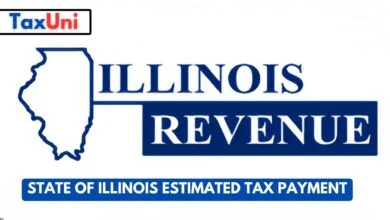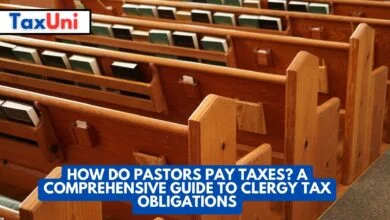HVAC Tax Credit
If you're considering installing a new air conditioner or heat pump system in your home, you may be eligible for the HVAC Tax Credit. This article will help you understand its purpose and determine your eligibility.
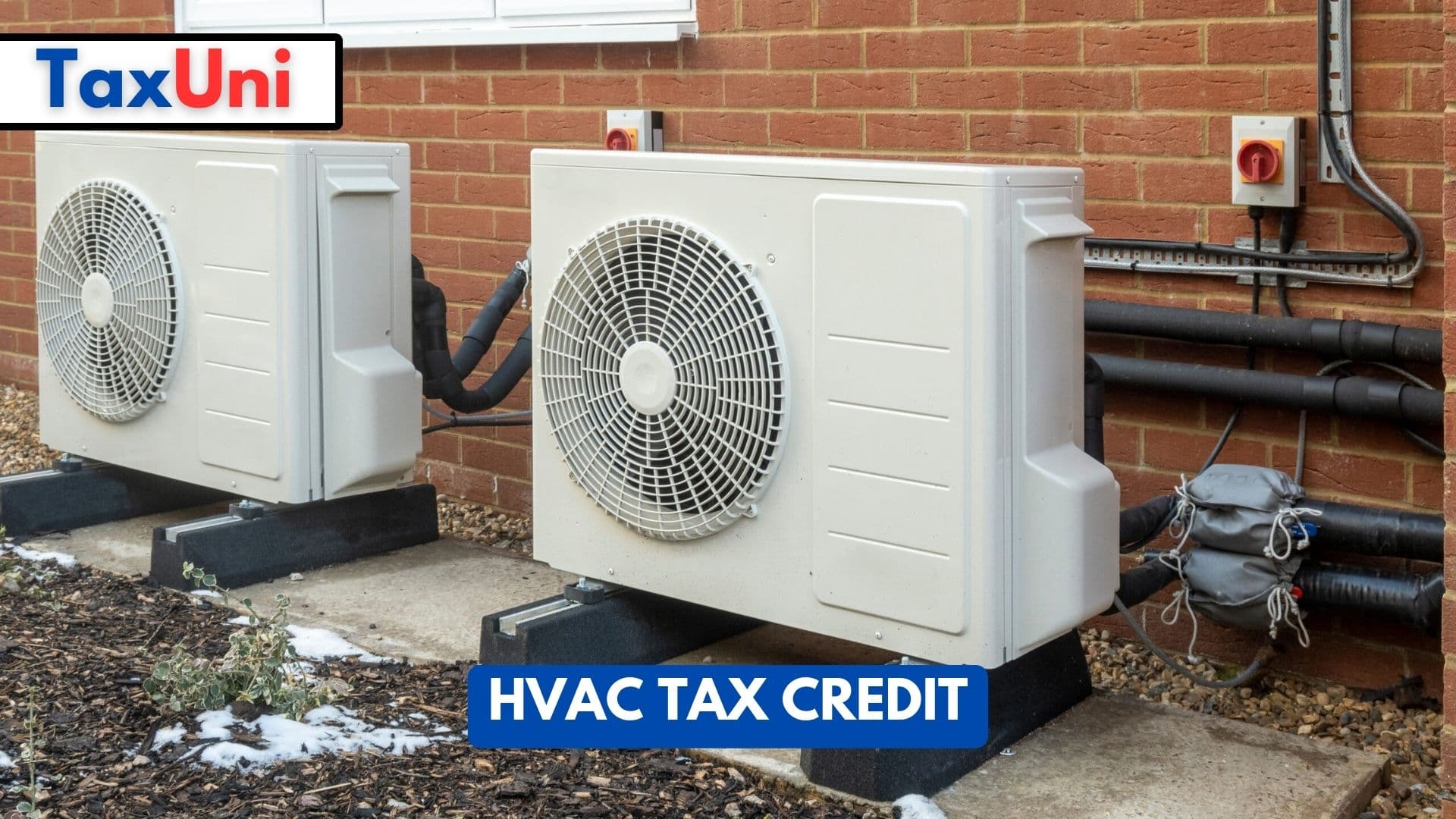
The HVAC tax credit is an incentive that reduces the amount of income tax you owe by subsidizing the cost of new high-efficiency heating and cooling systems. It is a non-refundable tax credit available to homeowners who make energy-efficient home improvements, including upgrading or replacing their current system. While the tax credit is a great way to help you save money on your next HVAC system, it is important to note that not all products are eligible for the tax credit. This is why it is so important to do your research before buying a new system and deciding whether or not it is right for you.
Aside from the HVAC Tax Credit, rebate programs help homeowners pay for energy efficiency upgrades, such as upgrading to a new high-efficiency air conditioner or heat pump. These rebates vary by state and income, so it is important to contact your local state energy office for more information on what is available in your area.
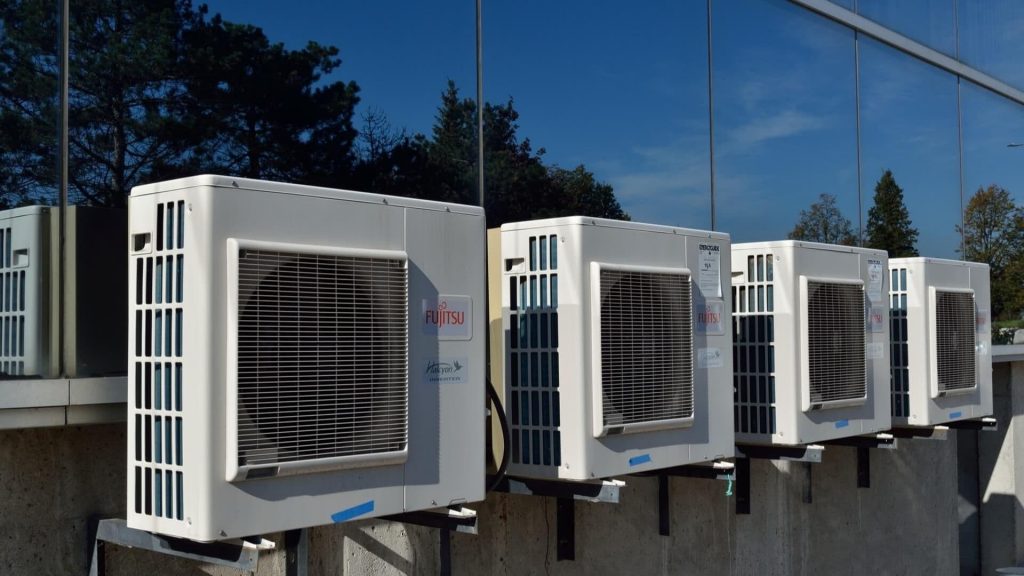
Understanding HVAC Tax Credit
As with most tax credits, the tax credit for HVAC upgrades is a dollar-for-dollar reduction of the taxes you owe. You can receive up to $600 per year for qualified heating and cooling equipment or up to $1,200 for energy-saving building envelope components like windows and doors. Another significant tax credit is the 179D deduction, which provides a 50% federal tax credit for the installation of energy-efficient HVAC equipment in residential or commercial buildings. To qualify for this credit, the building must have a specified energy-efficiency rating, such as ENERGY STAR. The equipment must meet the ASHRAE Standard 90.1-2007 or the most recent version of that standard.
There is no limit to the number of 179D deductions you can claim, and you may be eligible for additional 179D incentives. In addition, the government has committed to invest more than $4 billion in rebates through various programs.
Lastly, the Inflation Reduction Act, signed in August 2022, includes nearly $370 billion in climate and energy funding for tax incentives and rebates to help homeowners save on their energy costs by making energy-efficient upgrades. While these programs are still in their infancy, they can be an excellent way to cut down on your electricity bills and improve the health of your home at the same time.
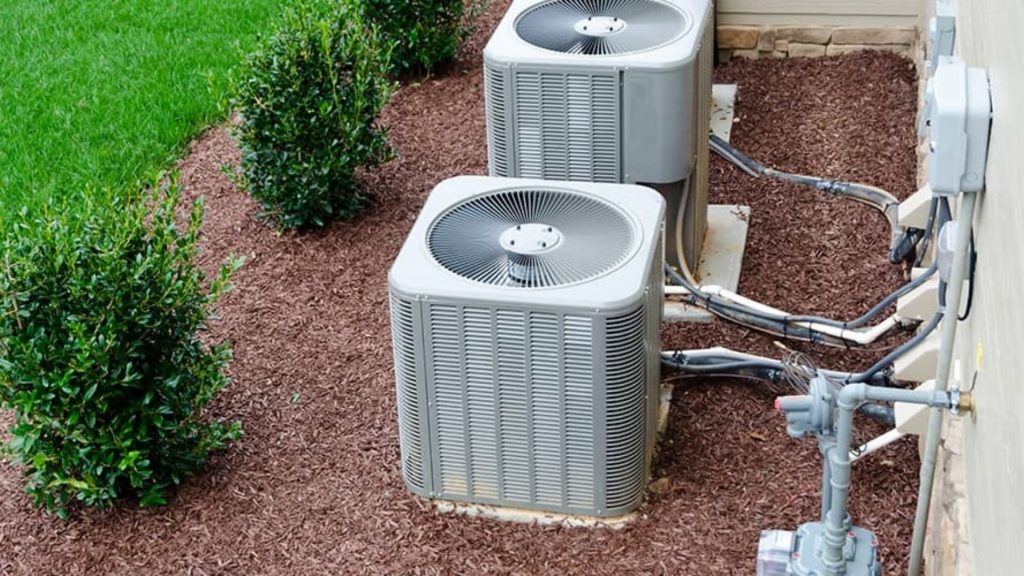
How to Apply for an HVAC Tax Credit?
You must file IRS Form 5695 with your annual tax return to apply for the HVAC Tax Credit. You must also provide a manufacturer certification statement showing your HVAC system’s efficiency ratings. Once you have the information from the manufacturer, it’s time to apply for the tax credit. The process can be complicated, but installing a new, more efficient system in your home is worth the effort. You can find out if your current furnace or air conditioner qualifies for a tax credit by visiting the American Heating and Refrigeration Institute’s (AHRI) Directory. It’s an excellent place to start, as you can see if your current system meets SEER standards that qualify for the credit.


